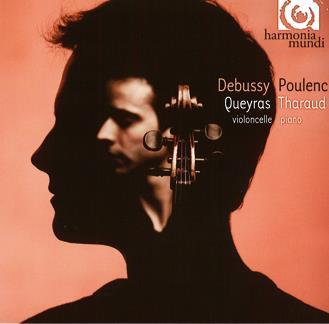
The Strad Issue: January 2008
Musicians: Jean-Guihen Queyras (cello) Alexandre Tharaud (piano)
Composer: Debussy, Poulenc
Pianist Alexandre Tharaud opens Debussy’s Cello Sonata with such portentous dignity that you can’t help sitting up – there’s a strong feeling that this is going to be a serious interpretation, which is only reinforced with Jean-Guihen Queyras’s first entry, in this their third disc together. Perhaps the recording venue, the Abbaye de l’Epau in Le Mans, helped to add gravitas to these performances as well as giving depth to the recorded sound; certainly this is great Debussy. The end of the first movement, through a combination of vibrato on the bottom D and the spacing of the second triplet figure, conveys an overwhelming sadness and resignation. The spread pizzicato chords ring out in the central Serenade, and there is an amusingly long glissando towards its end before a terrifyingly inhuman non-vibrato A, while the last movement’s chromatic demi-semiquavers buzz like frenzied insects.
The duo makes light of the closely juxtaposed contrasts in Poulenc’s sonata, completed in 1948, a concoction of Parisian lightness and heavy-footed burlesque. Its Cavatine is profound, with some beautifully creamy playing from Queyras. The spread chords that open the finale ring out imposingly, putting a temporary end to the flippancy and violence of the Ballabile
The combined length of the two sonatas hardly amounts to more than 30 minutes, giving the chance for a number of shorter works to have an airing. Debussy’s waltz La plus que lente conjures up glittering ballrooms, with exquisite tenutos and a skilfully played tune in perilously high harmonics at the end, while Poulenc’s Bagatelle impresses with its flowing double-stops and rapid chromatic semiquavers.
JANET BANKS

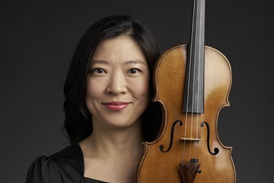
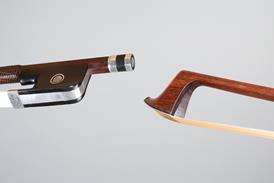
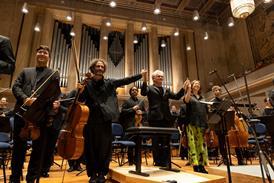
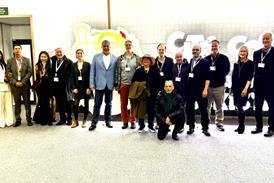



































No comments yet